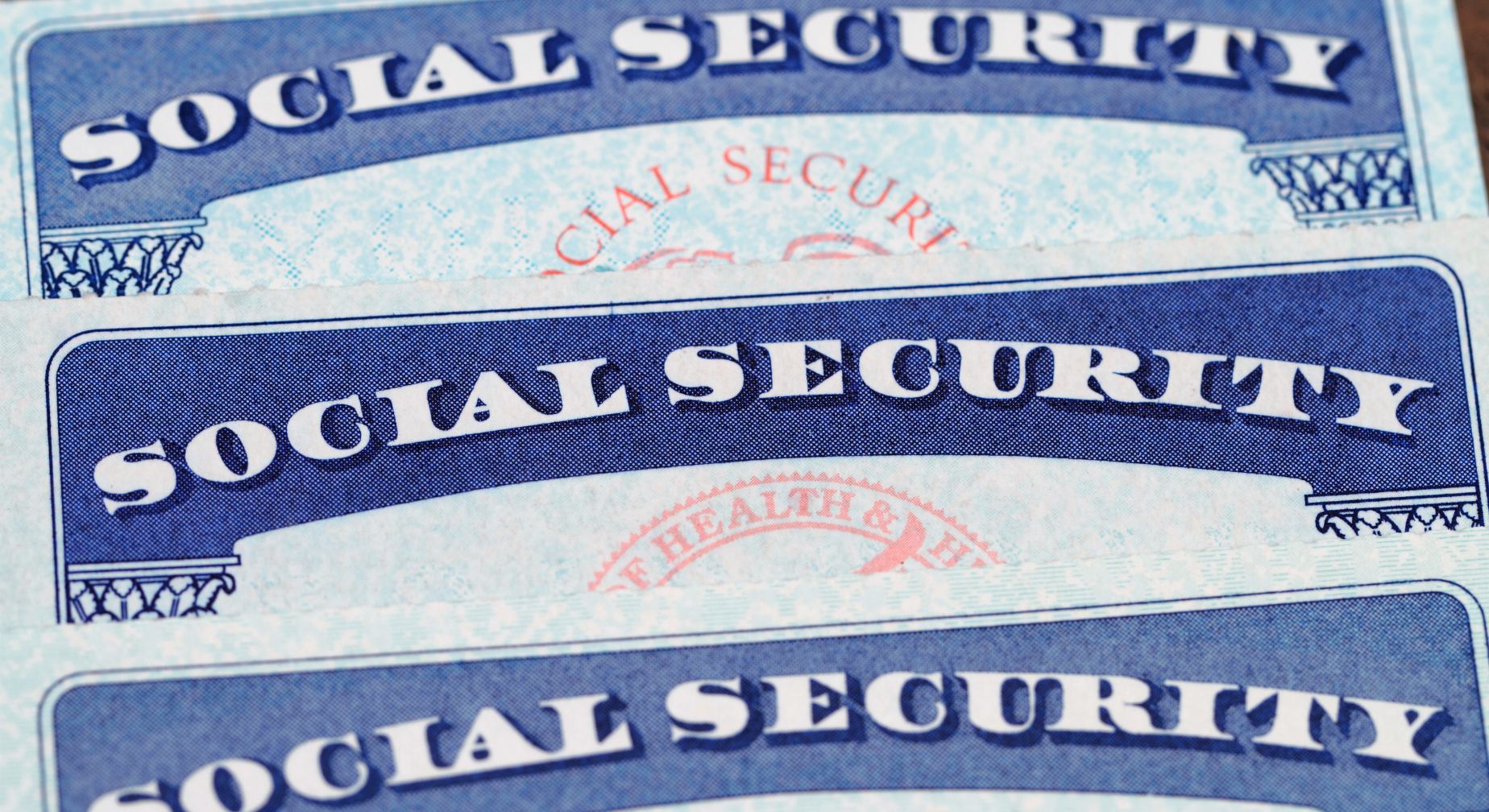Managing Your Social Security

On January 31, 1940, the first monthly Social Security check was issued to Ida May Fuller of Ludlow, Vermont. She received $22.54. Before passing away in 1975, she collected $22,888.92 in Social Security benefits.
Interesting trivia aside, many younger folks have little faith that Social Security will be there for them when they retire. According to Northwestern Mutual’s 2020 Planning and Progress Study, nearly 75% of Gen Z (born after 1996) believe it’s somewhat likely or not likely at all that they will receive benefits.
The program that began nearly 100 years ago is heading toward insolvency. However, that does not mean monthly checks will disappear. Instead, benefits would be reduced by about 21% if no action is taken. This reduction would balance the inflow of taxes with the outflow of payments.
The Social Security trust fund for retirees will run out of funds in about 10 years if Congress does nothing.
We can’t control how Congress addresses a funding shortfall. We advise you to control what you can control, and preparing for benefits is of paramount importance.
Social Security wasn’t designed to replace all of your income, but coupled with retirement savings, it will provide you with additional support.
Besides, you’ve paid into the program your entire working life. When the appropriate time comes to receive benefits, you deserve your monthly check.
Types of Social Security
Retirement benefits. These are the benefits most of us are familiar with. The earliest you may receive a monthly payment is age 62. The full retirement age is between 66 and 67. It’s rising to 67 for those who were born in 1960 and after.
So, when should you grab your benefit? There’s no hard and fast rule, but the best guideline is to wait as long as you can. The longer you wait, the greater the benefit, up to 70.
For example, if you are born in 1960, you’d receive 70% of the full retirement benefit at 62.
That rises to 75% at 63, 80% at 64, 86.67% at 65, 93.33% at 66, and 100% at 67. Continuing on, 108%, 116%, and 124% from 68 to 70.
That higher or lower benefit lasts for the rest of your life and increases with annual cost-of-living adjustments based on the rate of inflation.
Simple math tells us that someone who receives a 5% cost-of-living adjustment on a $1,500 per month payment will receive a smaller increase than someone with a $2,000 payment. Those annual increases (assuming inflation is above zero) compound for a lifetime.
If you are married, you have other items to consider. At full retirement age, you can take either 100% of your own retirement benefits or 50% of your spouse's, whichever is higher.
If you are divorced and you were married for 10 years or more, you can receive benefits based on your ex-spouse's Social Security record (up to 50% of their full retirement benefits). However, generally if you remarry, benefits paid to you from your prior spouse's account stop.
If you're widowed, you can receive either your own retirement benefit or up to 100% of your spouse's benefits, whichever is higher.
These are guidelines and are designed to provide you with a broad understanding of Social Security basics. We are happy to work with you and refine your approach.
A brief mention of other benefits
If you meet the requirement, usually work experience between five and ten years, Social Security Disability may be available to you if you have a severe medical impairment (physical or mental) that’s expected to prevent you from doing "substantial" work for a year or more, or have a condition that is expected to result in death.
Dependent benefits may be available to your spouse or dependent. Minor children may also qualify for benefits, depending on the worker’s income.
If you are the surviving spouse of a worker who qualified for Social Security retirement or disability benefits, you and your minor or disabled children can be entitled to survivor benefits based on your deceased spouse's earnings record.
As a widow or widower, you may begin to collect benefits once you reach age 60, or age 50 if you have a disability that prevents you from working.
Children qualify if they are unmarried and under age 18, under 19 but still in school, or 18 or older but they were disabled before age 22.
Final thoughts
It’s important to check on your earnings history. It’s easy to do. You can verify your earnings history, its accuracy and much more through a personal My Social Security Account. And it’s simple to set up.
Do you have any questions? We understand that Social Security may be complicated. There are various paths you can take to maximize your benefits, and we are here to guide you through the maze.
If you have any questions or would like to discuss any matters, please feel free to give our team a call.
Posts you may like

Retirement Planning: Social Security COLA and Portfolio Considerations





